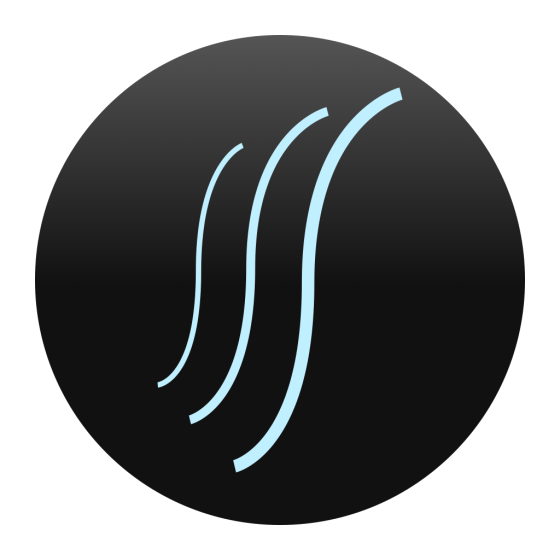benfaber
benfaber
Reactions
Comments
-
Zimbo, If you calibrate at 1 kHz, then you should easily be able to achieve accuracy within 0.1 dB at 1 kHz. You should be aware of the current high-pass filtering applied the iPhone's built-in microphone. This issue is discussed on our blog. If you need true class compliance, then you'll need a dedicated sound level meter…
-
SignalScope uses the main microphone, which is situated at the bottom of the iPhone 4. SignalScope cannot use both internal microphones at the same time.
-
Electroacoustics Toolbox does not support external microphone frequency response correction curves. However, since you have this data, you could use it to correct 1/3-octave measurements manually or export measurement data and correct it within a spreadsheet. Sensitivity calibration will still require that you use a…
-
confuserated, A. You cannot generally expect white noise to be white anymore after it passes through a loudspeaker. B. The acoustic environment (room) in which the loudspeaker is placed further affects the signal. C. It is important to understand that white noise with a similar level to a single tone will have it's energy…
-
confuserated, How are you generating the white noise signal? Have you purchased the signal generator upgrade in SignalScope? How are you measuring the spectrum of the white noise signal? Which input is the white noise connected to you your iOS device? Ben
-
Ken, First, it should be noted that this post pertains to the signal generator tool in SignalScope (available via in-app purchase), which is not the same as SignalSuite. This is why this post was moved from the SignalSuite forum to the SignalScope forum. The rise is due to the low-frequency "tail" wrapping around into the…
-
rcapper, If I understand correctly, Electroacoustics Toolbox is not loading projects for you, either at launch, or when you manually try to open them. Is that correct? If you set the preferences to prompt you for a project to open when the app launches (rather than automatically loading the most recent one), and then…
-
Jon, When you measure frequency response with the Dual FFT Analyzer tool in Electroacoustics Toolbox, it will also calculate SNR (signal to noise ratio) as a function of frequency, so you'll already have that data. If you want to measure SNR at discrete frequencies, you can use the FFT Analyzer tool. You just place a…
-
Please check out details regarding the microphones and also the high-pass filters through which each passes in the following articles on our blog: iPhone 4 Audio and Frequency Response Limitations iPhone Microphone Frequency Response Comparison
-
Paul, Sure. In the triggering tab, select the same source for both input channels. Ben
-
What exactly do you mean by this? Does the Fast Track not appear in the input device menu in the project window? Or, do you observe some other behavior when you try to select it? Which version of SignalScope are you using? Ben
-
Rick, Compensating for microphone roll-off comes with tradeoffs. The body of the iPod increases the directivity of the microphone response, especially in the upper octave band. Amplifying certain frequency bands also amplifies the noise floor within those bands. Additionally, the inexpensive electret microphones in iOS…
-
Rick, I would not recommend that you rely on the iPod's built-in mic for high frequency measurements, particularly because of diffraction effects you can expect from the body of the iPod, itself. Ben
-
Crabwalkstudios, SignalScope necessarily disables audio from any other app that may be running on the iPhone, so SignalSuite and SignalScope cannot run at the same time. You may be interested to know that the signal generator tool, which is available for purchase within SignalScope, automatically synchronizes swept sine…
-
Please keep in mind that the same high pass filter is applied to the built-in mic. We need enough people to tell Apple of their desire to bypass the filtering. Perhaps, someday Apple will enable us to bypass those filters. Ben
-
Thanks for the reminder. I have tried this on an iPod touch 4G with iOS 5.0 and iOS 5.0.1 and I haven't been able to duplicate the sample rate change. I tested it with SignalScope Pro 2.0.3 and 2.0.4. Are you running SignalScope Pro version 2.0.4? Does it make any difference if you remove it completely from your iPod and…
-
Chris, It sounds like the Sonoma GuitarJack 2 would suit your needs. It supports two channel input and output, and it is compatible with 4th generation and newer iOS devices. If you would like to acquire frequency response magnitude and phase, or impulse response data, you might be interested in the IOScope app, as well.…
-
bikeamtn, Yes, you can use the i436. However, the i436 is still subject to the high pass filter that Apple applies to the headset mic input of iOS devices (even Macs with headset support apply a filter). Frequency response plots of the filter can be found on our blog. You can just enter the sensitivity of the mic in mV/Pa…
-
possum, Is the data properly presented in SignalScope Pro right before you save it to a MAT file? (i.e. Does the FFT analyzer present an upper band limit of 24 kHz and/or does the cursor position represent the frequency you would expect?) Are you connecting/disconnecting any audio input devices (e.g. a headset mic or dock…
-
gorecki, Buyer beware of the various sound level meter apps out there. Some of them show in their screenshots a max sound level that exceeds the peak level. Conventional (even standardized) use of the terms max and peak in sound level measurements will never yield a max sound level that is greater than the peak. So, that…
-
gorecki, Adding to or subtracting from a dB value is the same as multiplying or dividing the value upon which the dB value is based. Decibels (dB) simply provide a means of expressing values on a logarithmic scale. For example: 1 Volt = 0 dBV, 10 V = 20 dBV, 100 V = 40 dBV, etc. (dBV = 20*log10(V), referenced to 1 Volt)…
-
arenwi, Based on what you have said, I would recommend that you check out interfaces from RME (FireFace) or MOTU (UltraLite). Both companies offer multi-channel USB and FireWire interfaces with high quality data converters and sample rates up to 192 kHz. Obviously, you'll need to make your selection based on your specific…
-
The MicW i436 looks like a great mic, but it will still be limited by the high pass filter the iPhone applies to the headset input. The iOS is responsible for selecting the current input device, but you might want to see that you have "Prefer Speaker Output" switched off in SignalScope's device settings screen.
-
Perhaps, limiting the frequency span of the FFT is what you want? Not necessarily, but I would recommend it, since doing so may reduce or eliminate the need for averaging. FFT-based measurements assume periodicity, so it shouldn't matter for frequency domain measurements. If you would like to shift the position of one of…
-
If your goal is to employ an internal reference signal within the Dual FFT Analyzer tool, then you can already accomplish that. Just select the same output channel for your reference signal and for the excitation signal. Otherwise, take a look at Soundflower for internal signal routing between apps. Ben
-
Within the Dual FFT Analyzer tool, you'll want to select a device that includes both input and output channels. Recent Macs present their built-in inputs and outputs as separate devices. In this case, you can use the Audio MIDI Setup application (in the /Applications/Utilities folder) to create an aggregate device that…
-
Simon, Some devices, including the Alesis ProTrack, do not support simultaneous input and output--these devices were designed for classic iPods rather than for iOS devices. It's possible that this is also true of the DJ-Tech device. Ben
-
Thanks for your feedback, zed. I'm glad you have the DFFT analysis working, now. Ben
-
Hi zed, Have you checked to be sure that you have the same output device and the same output channel selected in the Signal Generator tool, that you have selected in the Dual FFT Analyzer? In the Dual FFT excitation tab, are you using random or pseudorandom noise? In the Signal Generator, are you using random or…
-
Is your question related to the actual computation time of the FFT, or are you asking about how often the spectrum display gets updated? The actual computation time is very short (I don't know off the top of my head, and it will vary from machine to machine). However, the longer the FFT window, the more data needs to be…

